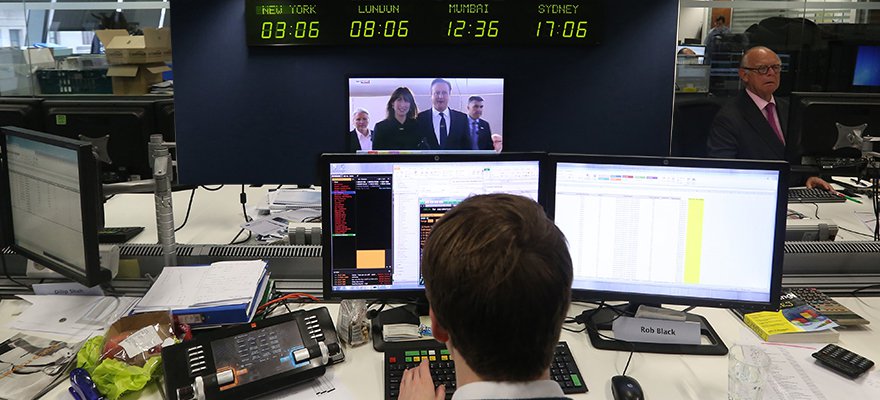This article was written by Jock Percy, CEO of Perseus.
Amid the colorful theatrics and rhetoric of the US presidential elections, the controversy around high-frequency trading (HFT) was once again brought into the political, and public, arena.
Take the lead from today’s leaders. FM London Summit, 14-15 November, 2016. Register here!
The debate has significantly intensified following the 2014 publication of Michael Lewis’ "Flash Boys", prompting a number of regulatory reviews and even an FBI investigation into the supposedly predatory practices of HFT. Further, Hillary Clinton’s proposed tax on cancelled orders serves to highlight just how much concern remains around the impact, whether real or perceived, of HFT on our markets.
In spite of the negative attention HFT is receiving, I believe the ecosystem and technology that has developed around HFT has advanced our capital markets in a somewhat ‘Darwinian’ manner and like all evolution it is implausible that this devolves. To put it another way; It’s ridiculous to try and put the rabbit back in the hat...
Time-synching trades
While there has been a significant amount of effort to make the markets fairer and safer over the years, I was particularly interested to learn of Renaissance Technologies’ patent application for a so-called ‘anti-HFT’ application.
What makes its approach interesting, and potentially effective, is that rather than attempting to write faster algorithms or more stringent regulations, Renaissance Technologies is instead using highly synchronized clocks to sync orders in an attempt to level the playing field through detection of bid/cancel order practices that could indicate the way trades are moving.
In its patent application it claims to have developed a unique “financial trading system” which targets one of the main concerns linked with HFT, namely the practice of front-running orders. Renaissance’s proposed approach plans to prevent predatory HFTs by taking advantage of the time difference between trades reaching different venues by co-locating its own servers across multiple exchanges, each comprising a high accuracy clock – to the nanosecond.
Whether such an approach could, or should, be patented is an additional question for debate. Atomic clocks have been used by both financial and other institutions for decades. For example, a similar methodology enables leading newswires to release company news precisely at the pre-designated time. Further, HFT firms don’t always use speed for trading strategies, as latency arbitrage strategies are accepted by some as a legitimate means of generating profits.
On the other hand, Renaissance Technologies' attempt does highlight that it may be possible to adapt existing technology to address some of the concerns around HFT without the need for regulatory intervention. By leveraging existing time synchronization technology, Renaissance would still be able to access the best Liquidity and prices while eliminating the risk of orders being exposed to HFTs who may try to trade ahead of them.
A measured approach to profit
So whilst time synchronization has been a ‘nice to have’ with regard to application performance, time stamping and order execution, it is now a vital tool in meeting current - and upcoming - compliance with regulatory requirements. Renaissance’s strategy and patent application serve to highlight that time synchronization is no longer just a cost of compliance.
Renaissance’s application employs GPS clocks with colocated servers to sync its order execution, rendering the time differences to be too small for exploitation by predatory HFTs. The challenge with this is that GPS is subject to disruption by malevolent acts such as jamming, force of nature, such as solar flares and satellite tracking issues that arise from time to time. Remember that GPS is a civilian service provided by the US government and military who have other significant challenges and priorities.
While critics claim that these miniscule time differences between trades are unfairly exploited by some HFT firms, a situation which Clinton argues has enabled the rise of “unfair and abusive trading strategies”, reputable HFT firms, or ‘Market Makers ,’ have actually lowered transaction costs and introduced liquidity into markets.
Repeatable, time synchronized trades are an effective way to address these unpredictable changes in latency between trading venues and safeguard your strategies without expecting the practice of HFT to improbably devolve. Precise time together with an app like that developed by Renaissance Technologies may well prove to be the middle ground the market needs, helping to increase profits by reducing front-running without adversely impacting liquidity and price discovery in the process.






















